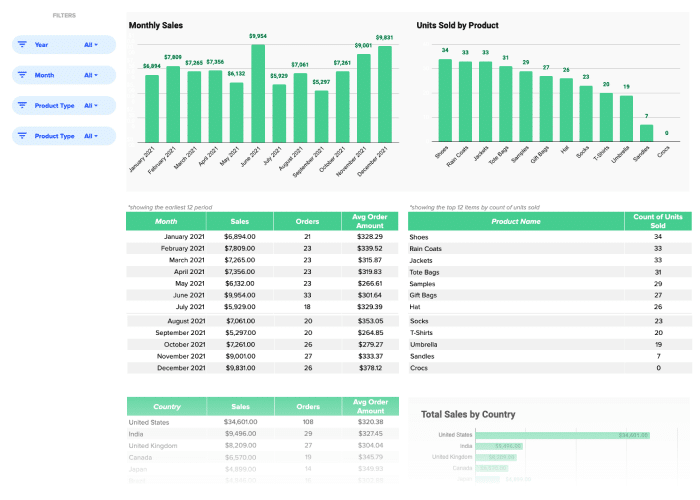Cart Abandonment Rate: (Number of Completed Purchases / Number of Shopping Carts Created) x 100
Navigating eCommerce Success by Reducing Cart Abandonment Rate
In the digital marketplace, cart abandonment is a significant challenge that eCommerce businesses face. Our Cart Abandonment Rate Calculator is a powerful tool designed to help you understand why shoppers might leave without purchasing and how to encourage them to complete their transactions, thereby boosting your sales and customer satisfaction.
- Unravel the complexities of cart abandonment with our straightforward calculator.
- Seamlessly integrate this metric into your sales optimization toolkit.
- Customize for your specific analysis needs, providing actionable insights to lower abandonment rates.
Calculation Guide: How to Leverage Your Cart Abandonment Rate Calculator
To effectively calculate your Cart Abandonment Rate, assemble:
- The total number of completed purchases.
- The total number of shopping carts created during the same period.
Key Roles in This Analysis
- eCommerce Managers to oversee and interpret transaction and abandonment data.
- Data Analysts to accurately calculate and analyze the abandonment rate.
- UX/UI Designers to implement site improvements based on insights gained.
KPI Overview: Understanding the Importance of Cart Abandonment Rate
The Cart Abandonment Rate is crucial for diagnosing issues within the eCommerce checkout process and identifying opportunities to enhance user experience, streamline checkout, and ultimately convert more browsers into buyers.
Importance: The Impact of Cart Abandonment Rate on eCommerce
A high Cart Abandonment Rate signals lost sales opportunities and may indicate underlying problems with the checkout process, pricing transparency, website performance, or customer trust. Addressing these issues can significantly improve user satisfaction and sales conversion rates.
Real-world Example: Addressing Cart Abandonment
“Style Boutique,” an online clothing retailer, noticed a Cart Abandonment Rate of 70%. By analyzing their checkout process, they identified high shipping costs and a complicated checkout process as major deterrents. Implementing a flat-rate shipping policy and simplifying the checkout process reduced their abandonment rate to 50%, leading to increased sales and customer loyalty.
Improvement Strategies: Reducing Your Cart Abandonment Rate
- Streamline the Checkout Process: Minimize steps and remove unnecessary fields to make buying as easy as possible.
- Be Transparent About Costs: Clearly disclose all fees, including shipping and taxes, early in the checkout process.
- Offer Multiple Payment Options: Cater to customer preferences by accepting various payment methods.
- Optimize for Mobile: Ensure your site and checkout process are fully optimized for mobile devices.
- Implement Exit-Intent Offers: Use exit-intent technology to present special offers or reminders to users showing signs of leaving.
Full Tutorial: Calculating Cart Abandonment Rate in Excel
- Title two columns: A (Completed Purchases) and B (Shopping Carts Created).
- Fill in your data.
- In a new cell, apply the formula: `=(1-(A2/B2))*100`
- Compute to find your Cart Abandonment Rate, offering crucial insights into your checkout process efficiency.
Drawbacks: Recognizing Cart Abandonment Rate Limitations
Though vital for understanding checkout effectiveness, the Cart Abandonment Rate does not pinpoint the specific reasons for abandonment. It’s crucial to complement this metric with qualitative user research and testing to fully address underlying issues.
Usage Contexts: When to Analyze Cart Abandonment Rate
- After making changes to the checkout process to measure impact.
- During high-traffic periods or sales events to gauge performance under increased demand.
- In regular sales and marketing reviews to continually refine and enhance the shopping experience.
















